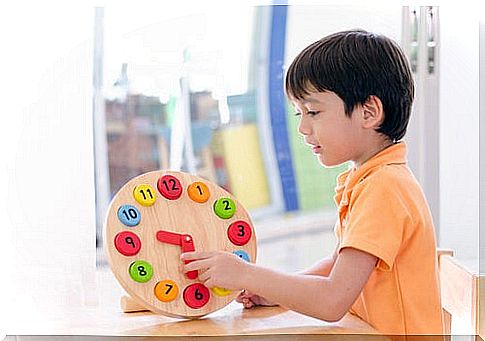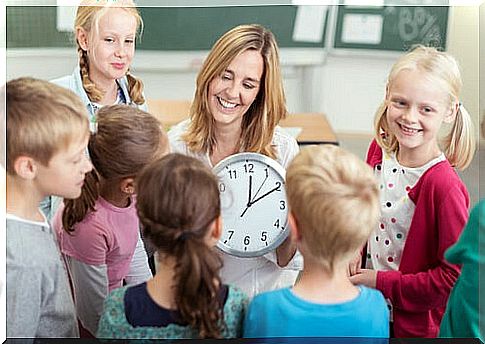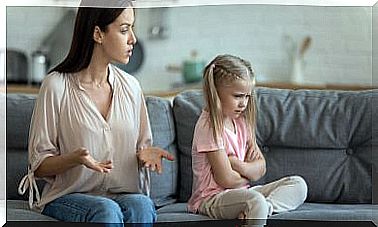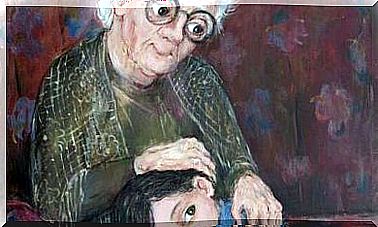Games That Help To Learn The Hours Of The Clock

Learning the hours of the clock is not easy for a child. It requires understanding mathematical concepts, such as the increment of five by five, quarter hours, and half hours.
The best way for a child to assimilate the movement of the clock is in a playful way. If we use games as tools, it will be easier for them to learn to read the time on a hand clock.
It is important that the child knows how to count to at least sixty and increase amounts by five. We will take into account not to propose activities beyond their capacities; We must not overlook the complexity involved in this task.
We must remember how strange it was made to all of us to assume that one, in addition to one, meant five, or that four was twenty. So making this learning fun will work better.
Games to learn the clock hours
With materials that we have at home or that are in the classroom we can make clocks to play with. The child will be able to manipulate the hands and assimilate, playing, the concept of time.
The day on the clock
For the little ones, learning the concept of time and its relation to daily activities is the first step. In a circle that acts as a clock, illustrated activities are placed instead of numbers.
Waking up, taking a bath, going to class or doing homework will replace the time slots. The child will move the hands at the time of each one.

Hours and minutes
With two circles of different sizes we can teach the child to group the minutes five by five and to read the hours. For this we can use two plastic plates or cut two circles out of cardboard or whatever material we have on hand.
In the big circle we will write the numbers from one to sixty; multiples of five we will make them larger than the rest. In the little one we will draw the hours, making sure that the numbers of the two circles coincide (one with five, two with ten, etc.).
We make some hands and place them with a support so that they can rotate. By visualizing the large circle, the child will be able to relate the concepts of hours and minutes. We will tell him a time and he will move the hands to illustrate it; Over time, we can remove the big circle and test the learning.
Bingo schedule
We make cards that mimic those of bingo, but instead of numbers, each frame will have one hour in digital format (eg 2:15).
Instead of a kick drum with tokens, we make a cardboard clock with turning hands, and we will put different times on it. The child will have to recognize them and mark on his cardboard if he has the corresponding one. As in bingo, whoever completes a vertical or horizontal line will win.
Digital games
Without a doubt, we are in a time when children feel comfortable learning with a digital device. Laptops, tablets and smartphones are as natural to them as the blackboard and chalk to grandparents.
There are many virtual games with which we can start children to learn the hours of the clock.
The watch
The Spanish Ministry of Education has made this online game available to learn the time. By clicking on each illustration, the child will find explanations to understand the concept of time.
There are also activities and games to fix the knowledge you are acquiring. It is a friendly application that tells the child the next step to take.

What time is it?
This virtual game was created by the Junta de Castilla y León. It is a fairly simple application where a specific time is indicated to the child in words.
In the image of an analog clock, the child must place the hands at the indicated time. You have 90 seconds to enter six proposed hours.
The hours of the clock
In this game of the government of the Canary Islands the child finds simple information and games to learn the hours of the clock. It begins with explanations about the different types of clocks.
It progresses with explanations about the operation of the hands, the hours and minutes; Afterwards, the child has the opportunity to test his knowledge with various games and activities.










